“Alexander Girault.” Rose of the month. September 2009. Roseraie du Val-de-Marne. www.roseraieduvaldemarne.fr
- Available at: http://www.roseraieduvaldemarne.fr/roseraie_internet_2010/spip.php?page=rosedumois&id_rubrique=183&id_article=876&lang=en&annee=2009
Andersen, Phyllis. “Mon cher ami: The Letters of Edouard André to Charles Sprague Sargent.” Arnoldia, Vol. 54, No. 2 (Summer 1994): 11-19.
- Available at: http://arnoldia.arboretum.harvard.edu/pdf/articles/910.pdf
Beales, Peter. Passion for Roses: Peter Beales' Comprehensive Guide to Landscaping with Roses. New York: Rizzoli, 2004.
Brenner, Douglas, and Stephen Scanniello. A Rose by Any Name. Chapel Hill NC: Algonquin Books, 2009.
Brun, Jean. "Jardins Secrets de Bagatelle: Médailles, Prix et certificats de 1907 à 1994." La Rose au coeur de Lyon. 3 avril 2008. Updated 14 mai 2008. www.verticille.com.
- Available at: http://www.verticille.com/spip.php?article478
Darlington, H.R., and Rev. J.H. Pemberton. “The Progress and Development of the Rose During Those One Hundred Years of Peace.” Journal of the International Garden Club, Vol. I, No. 1 (August 1917): 243-255.
- Available via Internet Archive at: http://archive.org/details/journal11917inte
Dolisi, Georges. “Catarrhe.” Bio-Top: Terminologie médicale. Last modified 24/10/2010. www.georges.dolisi.free.fr.
- http://georges.dolisi.free.fr/Terminologie/C/cata.htm#Catarrhe%20suffocant
“Fragrant Roses.” Growing Roses. All-America Rose Selections. www.rose.org.
- Available at: http://www.rose.org/fragrant-roses/
Gravereaux, Jules. La Malmaison: Les roses de l'impératrice Joséphine. Préface de Frédéric Masson de l'Académie Française. Paris: Éditions d'art et de littérature, c1912.
- Available via HathiTrust at: http://catalog.hathitrust.org/Record/002010619
Gravereaux, Jules. "La Roseraie de L'Haÿ." Pages 21-29. In: Edward Mawley, ed., The National Rose Society's Rose Annual for 1914. Croydon: Jesse W. Ward, 1914.
- Available via HathiTrust at: http://hdl.handle.net/2027/mdp.39015065427794
Gravereaux, Jules. Les Roses cultivées à l'Haÿ en 1902: essai de classement. Avant-propos de André Theuriet. Aquarelles et dessign de S. Hugard. Paris: Jules Rousset, 1902.
- Available via Internet Archive at: https://archive.org/details/lesrosescultiv00rose
Gravereaux, Jules. “Rapport sur la Culture des Roses dans la Péninsule des Balkans.” Journal des Roses, Tome XXV (1er août 1901): 117-120.
"Jules Gravereaux, son oeuvre." Le jardin: Histoire. La Roseraie du Val-de-Marne. Conseil général du Val-de-Marne.
- Available at: http://www.roseraieduvaldemarne.fr/roseraie_internet_2010/spip.php?page=rose_roseraie_rubrique&id_rubrique=213&lang=fr
Leboeuf, l'Abbé Jean. Histoire de la Ville et de Tout le Diocèse de Paris. Tome cinquième. Paris: Librairie de Féchoz et Letouzey, 1883.
“L’Hay-les-Roses.” Places in the World. Andreas Markowski. www.places-in-the-world.com
- Available at: http://www.places-in-the-world.com/2998632-fr-place-lhay-les-roses.html
“Major Currencies on the Classical Gold Coin Standard.” DollarDaze. 2009. Mike Hewitt. www.dollardaze.org.
- Available at: http://dollardaze.org/blog/?page_id=00103
Marret, Jean Luc. “Jules Léopold Gravereaux.” Site généalogique - Mes ancêtres Marret, Gravereaux, Landry et Ancelot. GeneaNet.
- Available at: http://gw.geneanet.org/jlmarret?lang=fr&p=jules+leopold&n=gravereaux
Marret, Jean Luc. “Laure Marie Alexandrine Thuillier.” Site généalogique - Mes ancêtres Marret, Gravereaux, Landry et Ancelot. GeneaNet.
- Available at: gw.geneanet.org/jlmarret?lang=fr;iz=3314;p=laure+marie+alexandrine;n=thuillier
Modern Roses XI: The World Encyclopedia of Roses. San Diego: Academic Press, 2000.
Le Préfet de la Région d’Ile de France, Préfet de Paris, Officier de la Légion d’Honneur. Arrêté de classement N°2005/1618. August 10, 2005.
- Available via Roseraie du Val-de-Marne at: www.roseraieduvaldemarne.com/roseraie_internet_2010/IMG/pdf/arretemonumentshistoriques.pdf
Quest-Ritson, Charles and Brigid. American Rose Society Encyclopedia of Roses. 1st American Edition. New York: Dorling Kindersley, 2003.
Rosemai. "Cartes postales anciennes: Les roses de la Côte d'Azur." Mon Jardin de Roses Anciennes. September 28, 2012.
- Available at: http://rosemai.canalblog.com/
“La Roseraie de L'Haÿ.” The ‘Luciae’ or ‘Wichuriana’ Rambler Roses. John S. Harrison and Mark Parkinson. www.harislau.co.uk.
- Available at: http://www.harislau.co.uk/roseraiedelhay.htm
Société Nationale d'Horticulture de France. Section des Roses. Les Plus Belles Roses Au Début Du XXe Siècle. Ouvrage honoré du prix Joubert De L'Hiberderie. Paris: Charles Amat, 1912.
Souvenir offert par les magasins du Bon Marché fondés par Aristide Boucicaut. Paris: Imp. Gauthier-Villars, n.d.
- Available via Internet Archive at: http://archive.org/details/souveniroffertpa00pari
“Swiss Pro Juventute Set Due November 28.” Tell: Voice of the American Helvetia Philatelic Society, Vol. 3, No. 10 (November 1977): 223.
- Available at: www.swiss-stamps.us/Tell/T0310.pdf
Toli. “Le Bon Marché : Premier Grand Magasin de France.” Les dossiers de l'actualité sur Web Libre. October 2, 2009. Webbies SPRL. www.web-libre.org.
- Available at: http://www.web-libre.org/dossiers/bonmarche,7643.html
“The United States Dollar.” Investing Resource Center. www.investitor.net.
- Available at: http://www.investitor.net/glossary/money/United_States_dollar.htm#The_Gold_Standard


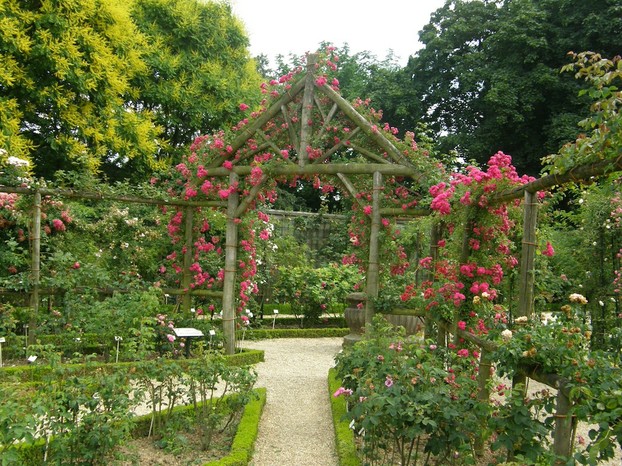
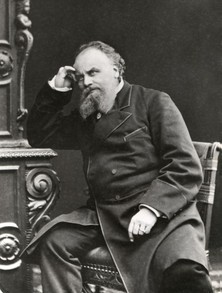
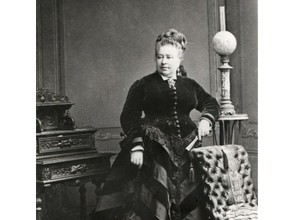
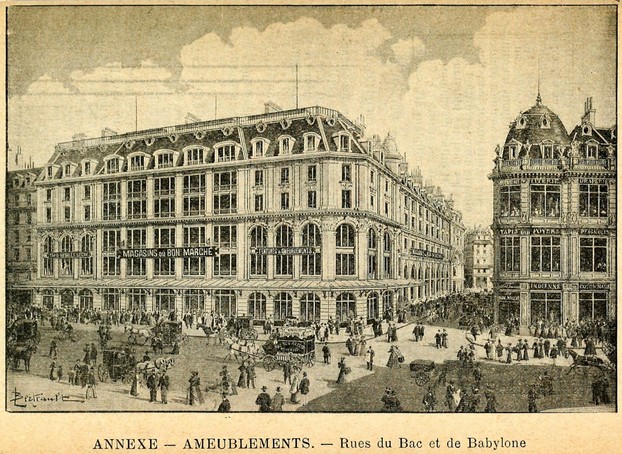
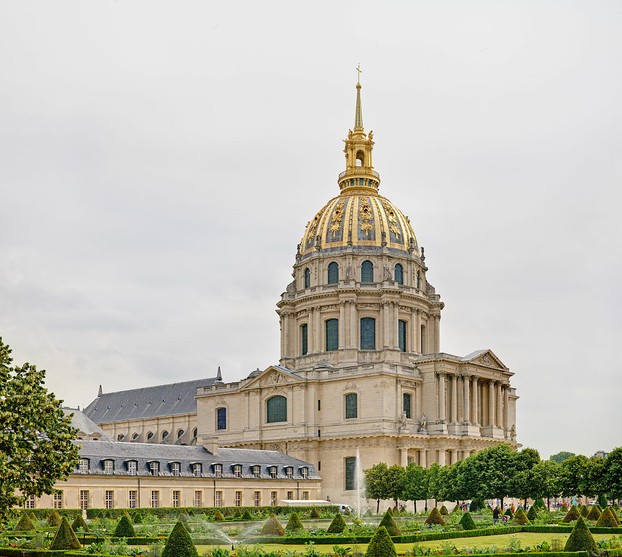
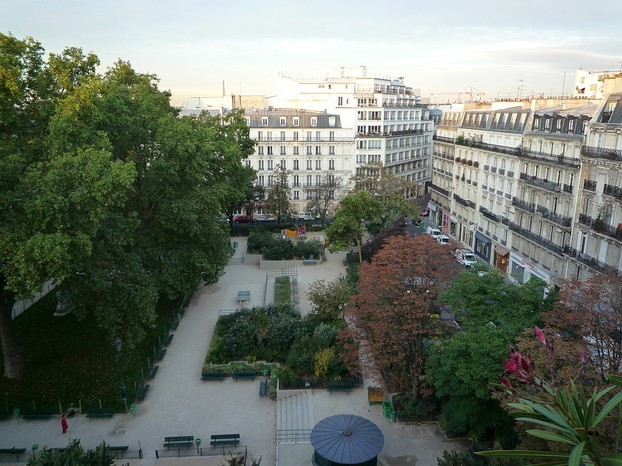
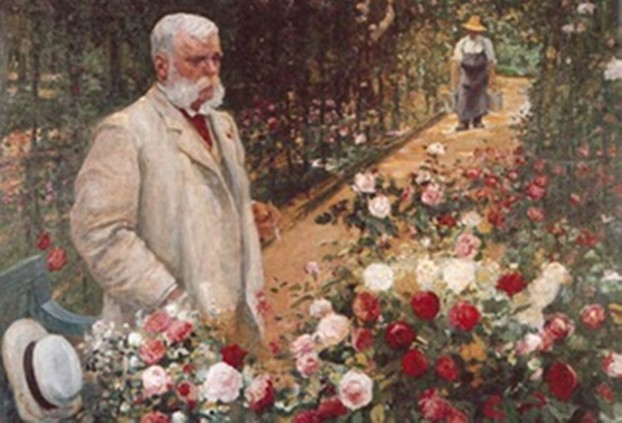
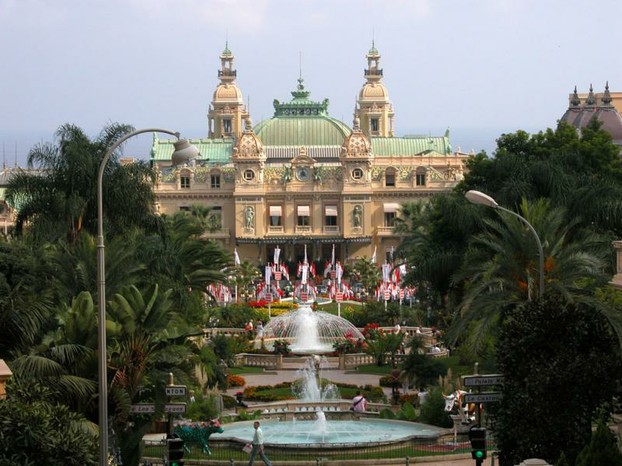
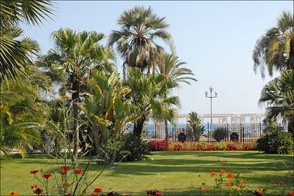
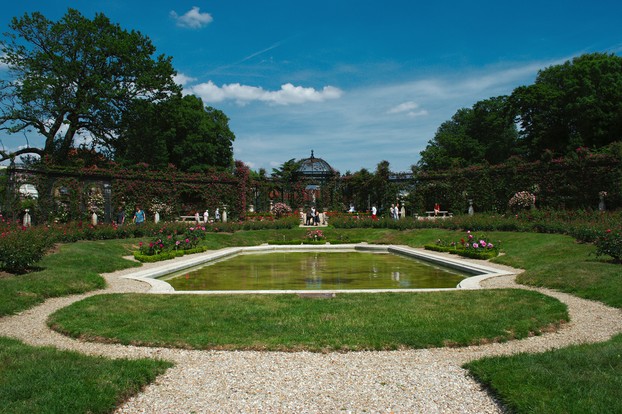
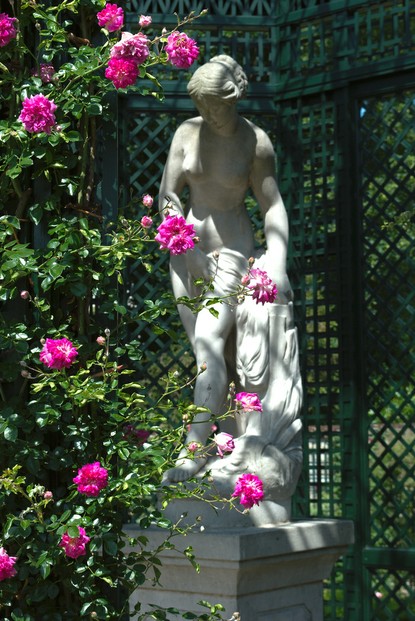
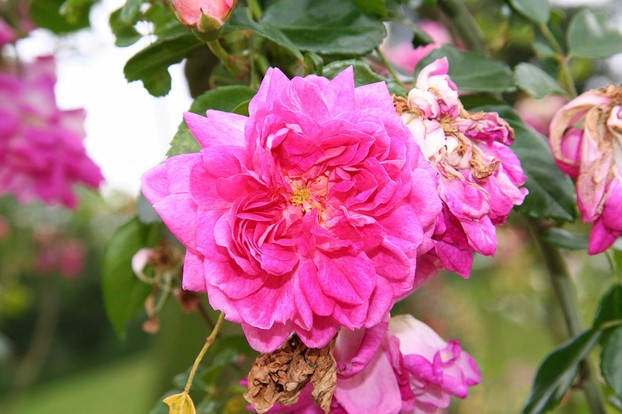
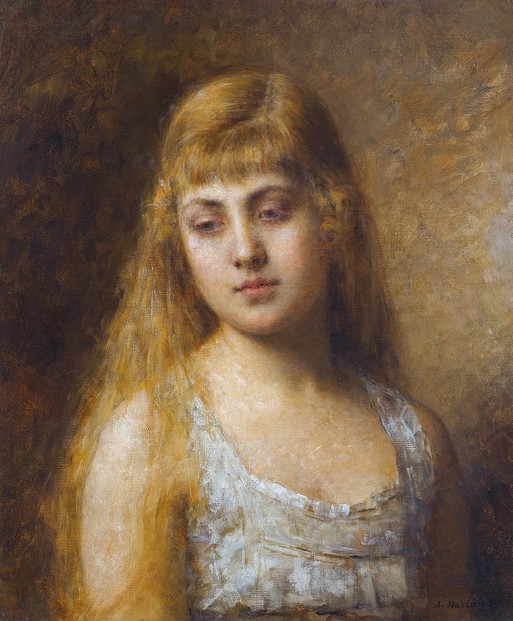
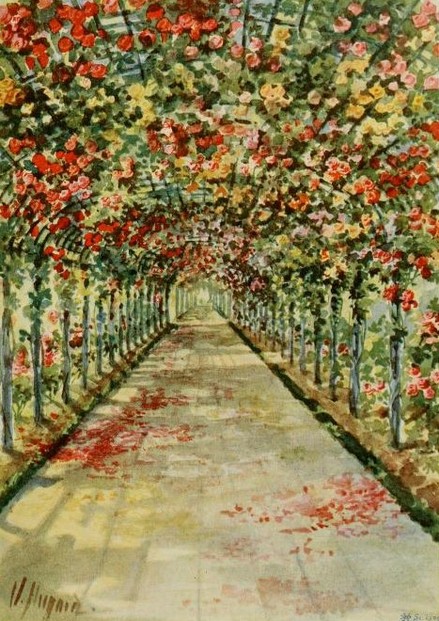
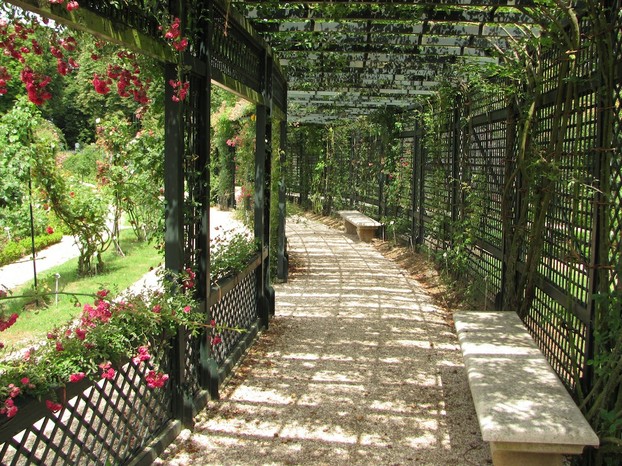
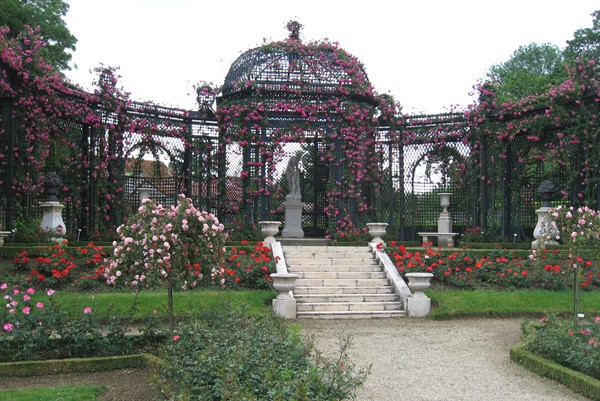
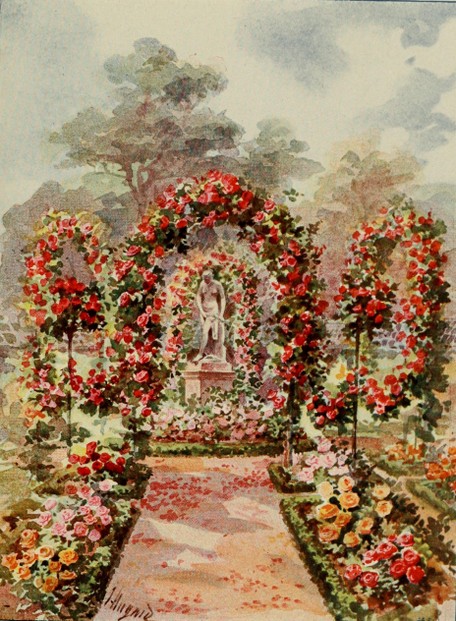

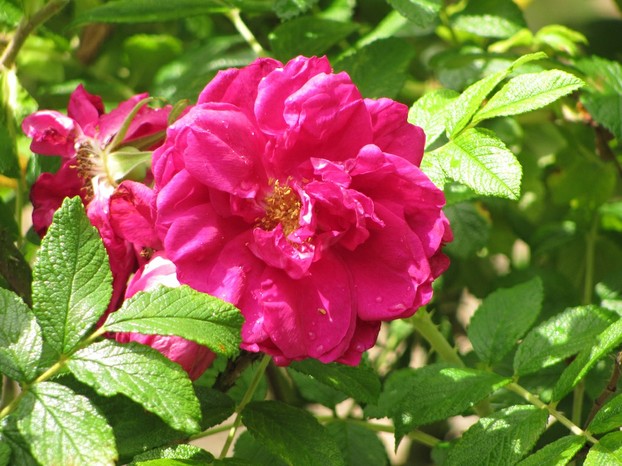






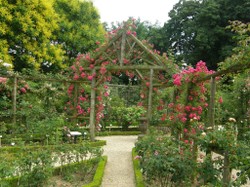

 Are Hawaiian Huakai Po Nightmarchers Avenging Halloween Thursday?on 10/02/2024
Are Hawaiian Huakai Po Nightmarchers Avenging Halloween Thursday?on 10/02/2024
 Mailing Addresses for 2023 Form 4868 Extending 1040 and 1040SR April 15, 2024, Due Dateon 04/15/2024
Mailing Addresses for 2023 Form 4868 Extending 1040 and 1040SR April 15, 2024, Due Dateon 04/15/2024
 Mailing Addresses for 2023 Forms 1040 and 1040SR Filed in 2024on 04/15/2024
Mailing Addresses for 2023 Forms 1040 and 1040SR Filed in 2024on 04/15/2024
 Mailing Addresses for 2022 Form 4868 Extending 1040 and 1040SR April 18, 2023, Due Dateon 04/13/2023
Mailing Addresses for 2022 Form 4868 Extending 1040 and 1040SR April 18, 2023, Due Dateon 04/13/2023

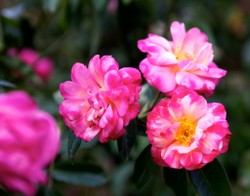
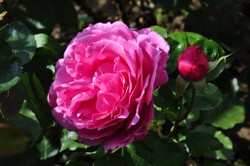
Comments
JoHarrington, Jules Gravereaux is one of my botanical-horticultural heroes, and I wrote this tribute to express my appreciation of his enduring, endearing accomplishments.
So your visit and comments honor this great, generous, amiable rose-lover as well as expressing the esteem which you hold for Dustytoes' recommendations!
My thanks for your visit and comments, Jo, and my thanks also to Dustytoes for appreciating and recommending this tribute to Jules Gravereaux and his magnificent rose garden.
I'm not even into gardening and plants, but this article held my interest. Great story and beautiful images. Thanks for the recommendation, Dustytoes!
Dustytoes, Your appreciation of my tribute to Jules Gravereaux and his rosy accomplishments is much appreciated!
The garden is so photogenic, and it is indeed fortuitous that it is maintained with care and respect.
I loved including the artwork for conveying the turn-of-the-century atmosphere of Jules' rose garden.
What an ambitious page about a stunning rose collection. I would absolutely love to see it in person, but the photos included here are also quite nice. I like how art was included along with the roses in the garden.
jptanabe, Jules Gravereaux's garden was a wonder of the world at the beginning of the 20th century. It's wonderful that the garden is being maintained.
Thank you for appreciating this tribute to Jules Gravereaux and his fabulous garden.
Some really beautiful rose gardens! Thanks for sharing.
Writer Artist, Yes, many thanks indeed to "Jules Gravereaux for his devotion to roses"! Rose gardens represent a special kind of earthly paradise.
Thank you for appreciating roses.
I love roses and can imagine how a Rose Arbor can look like. Lovely and stunning images of the rose garden -thanks to Jules Gravereaux for his devotion to roses.